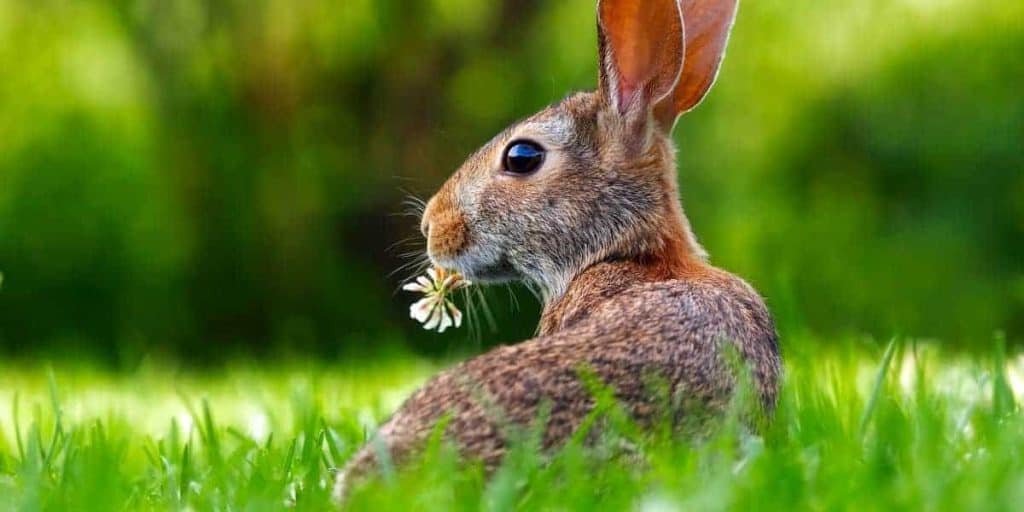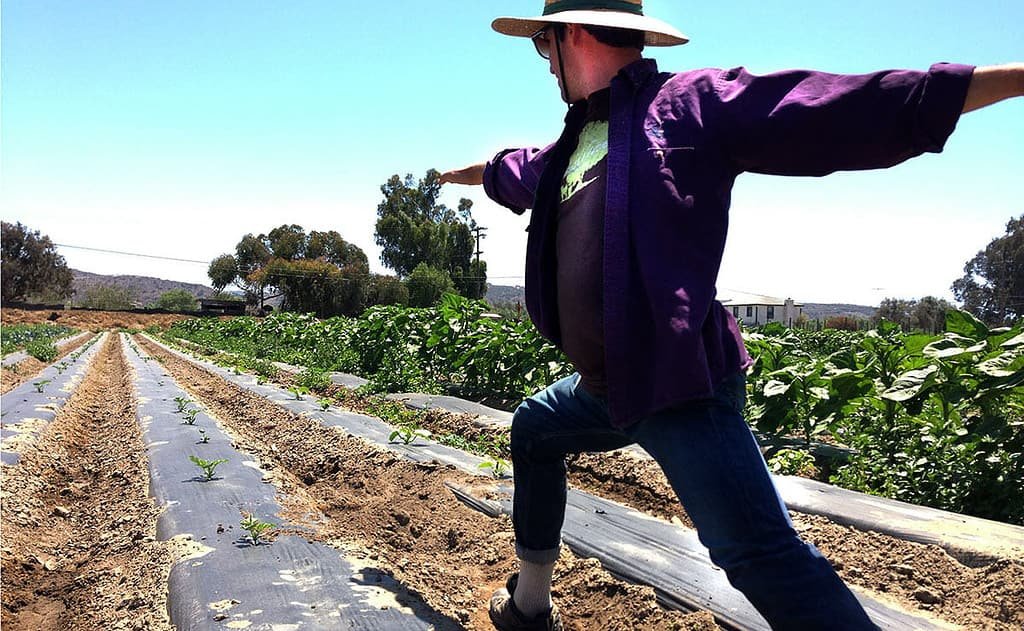Livestock
Livestock can be a great deal of work and care for the livestock will be crucial in determining nutritious food or fodder for family pets.
The type of animal you choose should be based on your ability to care for the animal, to be able to breed the animal in a safe environment and will be the gold standard for your commitment to homesteading. Urban livestock is going to be a significant problem. Most cities have zoning ordinances that prohibits any type of livestock whatsoever.
Here’s a table outlining different types of livestock for homesteading, along with their respective pros and cons:
| Livestock | Pros | Cons |
|---|---|---|
| Chickens | – Fresh eggs | – Requires regular care and maintenance |
| – Pest control (insects) | – Can be noisy | |
| – Fertilize soil with manure | – Need adequate shelter and protection from predators | |
| – Low initial investment | – Potential health issues | |
| – Can provide meat | – Waste management | |
| – Educational for children | ||
| Goats | – Milk, cheese, and meat production | – Fencing and shelter requirements |
| – Great for clearing brush and weeds | – Can be mischievous and escape-prone | |
| – Fertilize soil with manure | – Regular health check-ups and care | |
| – Efficient foragers | – Require adequate space | |
| – Personal companionship | ||
| Sheep | – Wool, milk, and meat production | – Need proper nutrition and healthcare |
| – Fertilize soil with manure | – Vulnerable to predators | |
| – Grazing helps with pasture management | – Regular shearing for wool | |
| – Efficient foragers | – Hoof trimming and maintenance | |
| – Can be used for fiber arts | ||
| Cattle (Beef) | – Meat production | – Large space requirements |
| – Fertilize soil with manure | – High initial investment | |
| – Can be sold for profit | – Regular veterinary care | |
| – Grazing helps with pasture management | – Handling and transportation can be challenging | |
| – Provides byproducts like hides and bones | ||
| Rabbits | – Meat production | – Requires proper housing and care |
| – Efficient feed conversion | – Reproduction management | |
| – Low space requirements | – Potential health issues | |
| – Fertilize garden with manure | – Need protection from extreme weather | |
| – Pelts for various uses | ||
| Bees (Apiculture) | – Honey production | – Initial investment in hives and equipment |
| – Pollination for crops | – Regular hive inspections and management | |
| – Beeswax for candles, cosmetics, etc. | – Potential stings and allergic reactions | |
| – Educational and fascinating | – Knowledge and skills needed for beekeeping | |
| – Helps support local ecosystem |
When considering livestock for homesteading, it’s essential to evaluate your available space, resources, and preferences to choose the best fit for your homestead. Each type of livestock has its own requirements and benefits, so careful planning and management are crucial for success.
Check with your local government to identify the parameters. Some of the more “low maintenance” animals (mind you, “low maintenance” does not mean “no maintenance”) for your homestead can include, but are not limited to:
1. Rabbits
Containment for rabbits can be cumbersome, particularly in regions where predatory wildlife inhabit. Once the containment and “coop” of sorts is built for the rabbits, they will consume 5lbs of feed per week – not including the fresh vegetables you feed them.
Rabbits will reproduce easily (the axiom applies) and will be a good source of food and fur for the cold winter months – which will call into question your hide tanning experience. The learning curve may be sharp, but once mastered, it will be a resource that you can use for yourself and use to barter with other homesteaders, preppers.
2. Chickens/Ducks
Building the containment area for rabbits and/or ducks will be only marginally time consuming and if the revenue is available, prefabricated shelters for poultry can be purchased and installed easily. For about a dozen ducks or chickens, the cost for feed will range from $11 to $16 per week.
One of the very unique advantages of chicken or duck on your homestead is that many of the nuisance insects can be eaten up by the fowl. In addition, well cared-for ducks and chickens can produce a significant number of eggs pretty much all year – and eggs are a very good source of protein, though the cholesterol may be a problem.
3. Goats
Goats are good for milk and their fibers excellent for clothing. After the initial expense of the animals themselves, a containment area on a larger scale will be necessary. Goats prefer to graze in open ranges, which will lower feed and hay costs, but the average cost per animal per week for feed and hay will be $8 to $12.
This, of course, does not include vitamin supplements, increased feed and hay costs during the colder winter months and the care required for breeding. Goats will often serve as a willing companion to a solitary horse on the property and surprisingly, can be a deterrent to some predators because of the sounds and their almost constant movement.
Other typical animals for homesteading include horses (for transport, work, etc.), cows (milk, meat), and pigs (delicious bacon and other meats and are the least expensive of the larger animals).
Cows require a great deal of space and are much higher maintenance and the feed costs can be astronomical if you don’t have large, expansive pastures for them to graze.
Pigs can be a good resource for meat and they will eat up table scraps with great joy, but care for the pigs is equally important as they are not known for being the most hygienic of livestock. Butchering a pig for meat is, however, pretty simple. Pigs will breed up to three times a year, yielding anywhere from three to six piglets. In other words, they can be quite a successful renewable resource.
Which Livestock Should You Start As Homesteaders?
Here’s a table outlining livestock options suitable for homesteaders, ranging from beginners to more advanced levels:
| Livestock | Beginner | Intermediate | Advanced |
|---|---|---|---|
| Chickens | X | X | X |
| Ducks | X | X | X |
| Goats (Pygmy, Nigerian Dwarf) | X | X | X |
| Sheep (Dorper, Katahdin) | X | X | X |
| Rabbits | X | X | X |
| Pigs | X | X | X |
| Cattle (Dexter, Miniature) | X | X | |
| Bees (Beekeeping) | X | X | X |
| Alpacas/Llamas | X | X | |
| Quail | X | X | X |
- Chickens:
- Beginner: Easy to care for, provide eggs and meat.
- Intermediate: Breeding and incubating eggs, managing larger flocks.
- Advanced: Breeding for specific traits, disease management.
- Ducks:
- Beginner: Similar to chickens but can handle wetter conditions.
- Intermediate: Breeding and raising ducklings, managing larger flocks.
- Advanced: Advanced breeding programs, disease prevention.
- Goats:
- Beginner: Easy to care for, provide milk and meat.
- Intermediate: Managing breeding, basic health care.
- Advanced: Breeding for specific traits, advanced health care.
- Sheep:
- Beginner: Easy to care for, provide wool and meat.
- Intermediate: Shearing, basic health care.
- Advanced: Wool processing, advanced breeding.
- Rabbits:
- Beginner: Easy to care for, provide meat and fur.
- Intermediate: Breeding, managing litters.
- Advanced: Breeding for specific traits, disease prevention.
- Pigs:
- Beginner: Require space and food, provide meat.
- Intermediate: Breeding, managing larger groups.
- Advanced: Breeding for specific traits, advanced health care.
- Cattle:
- Intermediate: Larger space and feed requirements, provide milk and meat.
- Advanced: Breeding programs, advanced health care.
- Bees (Beekeeping):
- Beginner: Setting up hives, basic beekeeping practices.
- Intermediate: Hive expansion, honey extraction.
- Advanced: Disease management, hive splitting.
- Alpacas/Llamas:
- Intermediate: Require specific care, provide fiber.
- Advanced: Fiber processing, breeding for specific traits.
- Quail:
- Beginner: Easy to manage, provide eggs and meat.
- Intermediate: Breeding, incubating eggs.
- Advanced: Breeding for specific traits, disease prevention.
Choose livestock based on your experience level, available resources, and the goals you have for your homestead. Always research and educate yourself about the specific needs and care requirements of each type of livestock.
Conclusion
Animals require much more time and if not cared for properly, they can spread disease. However, they can be a great resource for your homesteading life. For example, a flock of well cared for chickens can keep you in eggs year ‘round and provide for a good family dinner too. During the winter months, however, they produce fewer eggs and require more feed.
Originally posted 2020-09-04 17:05:53.






